How ConcurrentHashMap Works in Java
Deep Dive into Thread-Safe Hashing
Introduction
In Java, a HashMap is not thread-safe, meaning it cannot be safely used by multiple threads without external synchronization.
To address this, Java provides the ConcurrentHashMap, a high-performance, thread-safe variant of HashMap that allows concurrent read and write operations without locking the entire map.
This blog will cover:
- Why ConcurrentHashMap is needed.
- Internal working and structure.
- Key features and concurrency mechanisms.
- How to use it effectively.
- A custom simplified implementation concept.
1. Why Not Use HashMap in Multi-threading?
When multiple threads access and modify a HashMap concurrently:
- Data inconsistency can occur.
- Infinite loops can happen (due to structural modification during rehashing).
- Race conditions and corruption of data.
Example:
Map map = new HashMap<>();
Runnable task = () -> map.put(1, "Java");
new Thread(task).start();
new Thread(task).start();
This may result in inconsistent results because HashMap is not synchronized.
2. Introduction to ConcurrentHashMap
ConcurrentHashMap solves this problem by:
- Allowing multiple threads to read without locking.
- Allowing a limited number of threads to write concurrently using fine-grained locking.
Key benefits:
- High concurrency and performance.
- No need for external synchronization.
- Avoids ConcurrentModificationException in most cases.
3. Internal Working
Java 8 and Later
In Java 8+, ConcurrentHashMap uses a **combination of:
- Hash table (array of bins).
- Lock striping and CAS (Compare-And-Swap) for concurrency.
- Tree bins (red-black trees) for handling high-collision scenarios.
Structure:
Table → Array of Node
Each Node contains:
- hash
- key
- value
- next (for collision handling)
Segmentation Removed
Earlier Java versions (before Java 8) used Segment locks.
Java 8 replaced segments with a synchronized block at the bin level to improve performance and reduce memory overhead.
4. Concurrency Mechanisms
4.1 Lock Striping
Instead of locking the entire table, only a portion of the table (a bin) is locked during updates.
This allows multiple threads to operate on different bins without interference.
4.2 CAS (Compare-And-Swap)
A lock-free mechanism for reads and updates when possible.
It minimizes locking and improves performance for read-heavy workloads.
4.3 Tree Bins
When collisions increase in a single bin, the linked list of entries converts into a balanced tree for faster lookup (O(log n) instead of O(n)).
5. Key Methods and Their Behavior
| Method | Thread-Safety | Notes |
|---|---|---|
| put() | Thread-safe | Uses bin-level locking |
| get() | Lock-free read | Uses volatile reads and CAS |
| remove() | Thread-safe | Bin-level locking |
| size() | Approximate in concurrent context | Expensive due to locking |
| computeIfAbsent() | Thread-safe | Computes value atomically if absent |
Example:
import java.util.concurrent.*;
public class ConcurrentHashMapExample {
public static void main(String[] args) {
ConcurrentHashMap map = new ConcurrentHashMap<>();
map.put(1, "Java");
map.put(2, "Python");
map.put(3, "C++");
map.forEach((k, v) -> System.out.println(k + " → " + v));
map.computeIfAbsent(4, key -> "Go");
System.out.println("After computeIfAbsent: " + map);
}
}
6. Iteration in ConcurrentHashMap
ConcurrentHashMap supports weakly consistent iterators, meaning:
- They do not throw ConcurrentModificationException.
- They may or may not reflect updates after the iterator was created.
- They guarantee no element is returned twice.
Example:
ConcurrentHashMap map = new ConcurrentHashMap<>();
map.put(1, "Java");
map.put(2, "Python");
for (Map.Entry entry : map.entrySet()) {
System.out.println(entry);
}
7. Performance Characteristics
- High performance in read-heavy workloads due to lock-free reads.
- Moderate contention in write-heavy workloads depending on bin locking.
- Better scalability than synchronized HashMap or Hashtable.
8. Custom Implementation Concept
A full custom ConcurrentHashMap is complex, but here’s a conceptual design:
Step 1 — Define the Bucket Structure
We need buckets to store entries and locks for thread safety.
import java.util.concurrent.locks.ReentrantLock;
static class Bucket {
private Node head;
private final ReentrantLock lock = new ReentrantLock();
void put(K key, V value) {
lock.lock();
try {
if (head == null) {
head = new Node<>(key, value);
} else {
Node current = head;
while (current != null) {
if (current.key.equals(key)) {
current.value = value; // update value
return;
}
if (current.next == null) {
current.next = new Node<>(key, value);
return;
}
current = current.next;
}
}
} finally {
lock.unlock();
}
}
V get(K key) {
lock.lock();
try {
Node current = head;
while (current != null) {
if (current.key.equals(key)) {
return current.value;
}
current = current.next;
}
return null;
} finally {
lock.unlock();
}
}
}
Step 2 — Define the Node Structure
Each bucket will store its entries as linked nodes.
static class Node {
K key;
V value;
Node next;
Node(K key, V value) {
this.key = key;
this.value = value;
}
}
Step 3 — Create the Main ConcurrentHashMap Class
This class will store an array of buckets and manage hashing.
public class CustomConcurrentHashMap {
private final int capacity = 16;
private final Bucket[] table;
public CustomConcurrentHashMap() {
table = new Bucket[capacity];
for (int i = 0; i < capacity; i++) {
table[i] = new Bucket<>();
}
}
private int getBucketIndex(K key) {
return Math.abs(key.hashCode() % capacity);
}
}
Step 4 — Implement put() Method
This method hashes the key and inserts it into the correct bucket.
public void put(K key, V value) {
int index = getBucketIndex(key);
table[index].put(key, value);
}
Step 5 — Implement get() Method
This method retrieves the value for a given key safely.
public V get(K key) {
int index = getBucketIndex(key);
return table[index].get(key);
}
Step 6 — Full CustomConcurrentHashMap Code
Here’s the complete working code combining all the steps.
import java.util.concurrent.locks.ReentrantLock;
public class CustomConcurrentHashMap {
private final int capacity = 16;
private final Bucket[] table;
public CustomConcurrentHashMap() {
table = new Bucket[capacity];
for (int i = 0; i < capacity; i++) {
table[i] = new Bucket<>();
}
}
private int getBucketIndex(K key) {
return Math.abs(key.hashCode() % capacity);
}
public void put(K key, V value) {
int index = getBucketIndex(key);
table[index].put(key, value);
}
public V get(K key) {
int index = getBucketIndex(key);
return table[index].get(key);
}
static class Bucket {
private Node head;
private final ReentrantLock lock = new ReentrantLock();
void put(K key, V value) {
lock.lock();
try {
if (head == null) {
head = new Node<>(key, value);
} else {
Node current = head;
while (current != null) {
if (current.key.equals(key)) {
current.value = value;
return;
}
if (current.next == null) {
current.next = new Node<>(key, value);
return;
}
current = current.next;
}
}
} finally {
lock.unlock();
}
}
V get(K key) {
lock.lock();
try {
Node current = head;
while (current != null) {
if (current.key.equals(key)) {
return current.value;
}
current = current.next;
}
return null;
} finally {
lock.unlock();
}
}
}
static class Node {
K key;
V value;
Node next;
Node(K key, V value) {
this.key = key;
this.value = value;
}
}
}
Step 7 — Testing the Custom ConcurrentHashMap
public class TestCustomConcurrentHashMap {
public static void main(String[] args) {
CustomConcurrentHashMap map = new CustomConcurrentHashMap<>();
map.put("Java", "Platform");
map.put("Python", "Language");
map.put("C++", "Programming");
System.out.println("Java: " + map.get("Java"));
System.out.println("Python: " + map.get("Python"));
System.out.println("C++: " + map.get("C++"));
}
}
Expected Output:
Java: Platform
Python: Language
C++: Programming
9. Advantages of ConcurrentHashMap
- High throughput in multi-threaded environments.
- Lock-free reads improve performance.
- Safe concurrent modification.
- Weakly consistent iterators avoid exceptions.
10. Disadvantages of ConcurrentHashMap
- Slightly higher memory consumption due to locks and internal structure.
- Slightly more complex iteration behavior.
- Writes are slower compared to HashMap because of locking.
11. Real-World Applications
- Caching systems (where high concurrency is needed).
- Shared state in multi-threaded applications.
- Real-time analytics processing.
- Thread-safe configuration maps.
Conclusion
In this blog, we have explored:
- Why ConcurrentHashMap is necessary for thread safety.
- How it works internally.
- Its concurrency mechanisms.
- Key advantages and disadvantages.
- A conceptual design of a custom concurrent hash map.
Understanding ConcurrentHashMap is crucial for designing highly concurrent applications in Java that require thread-safe access to shared resources.
Next Blog- Comparable vs Comparator in Java
 (38).png)
 (17).png)
.png)

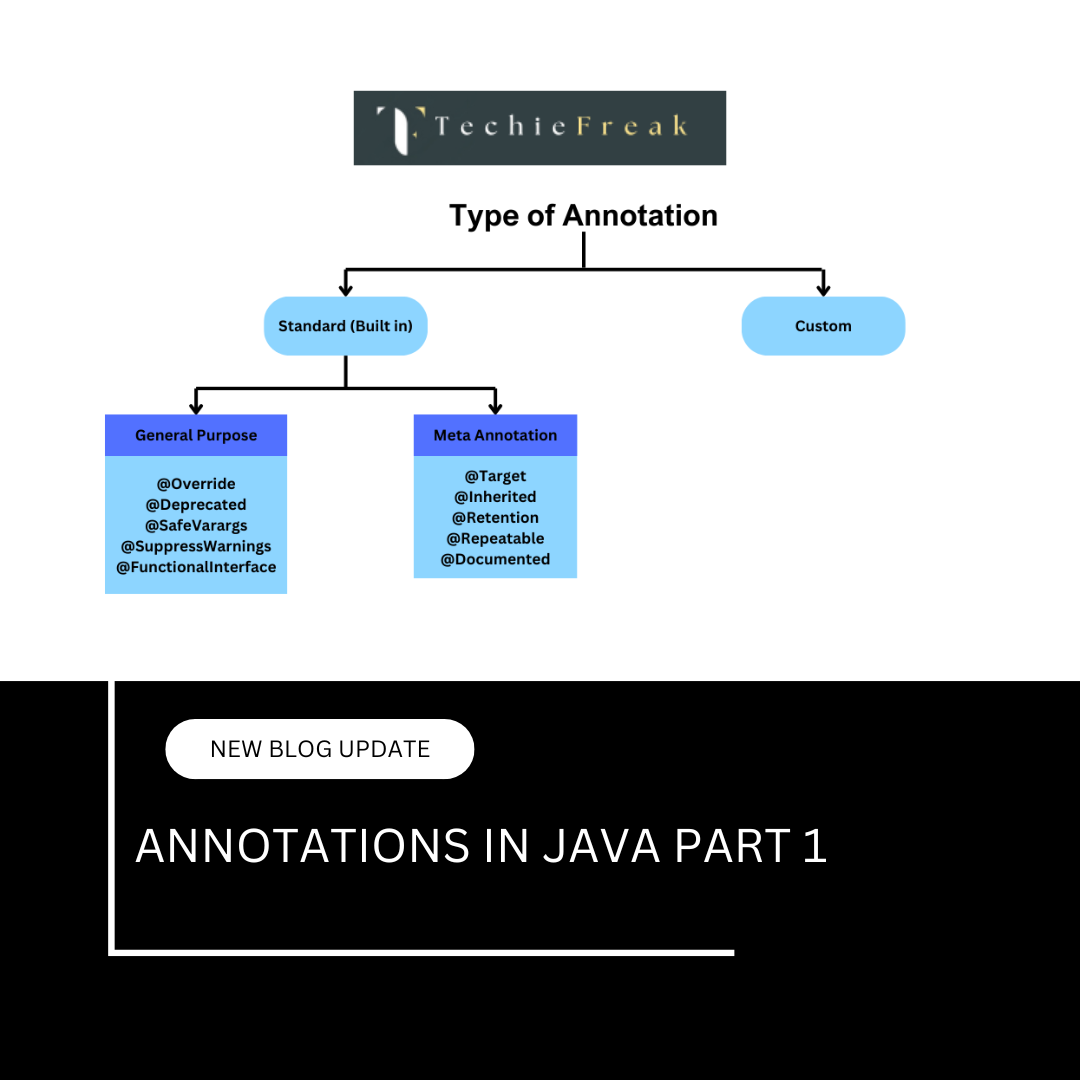
 (53).png)
 (18).png)
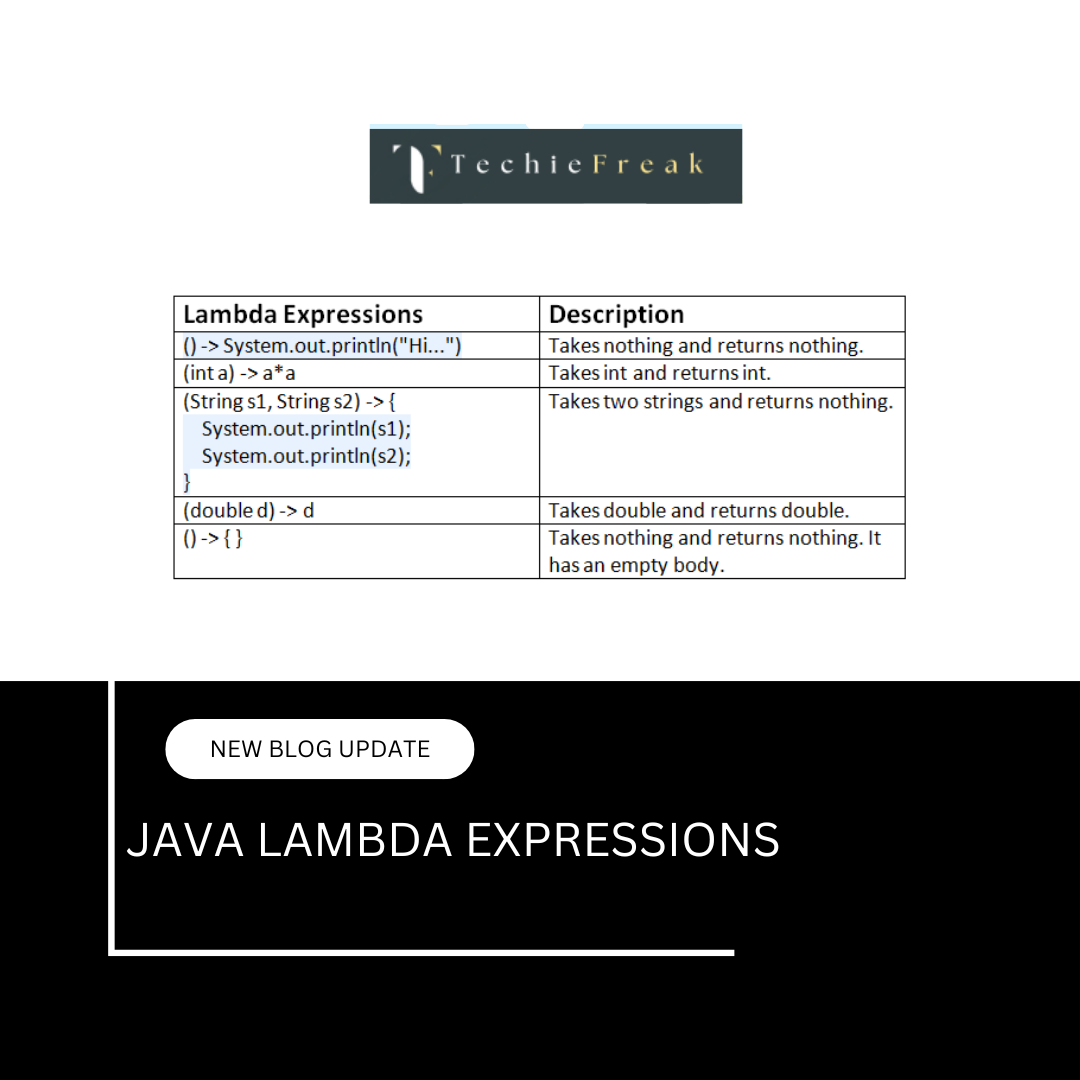
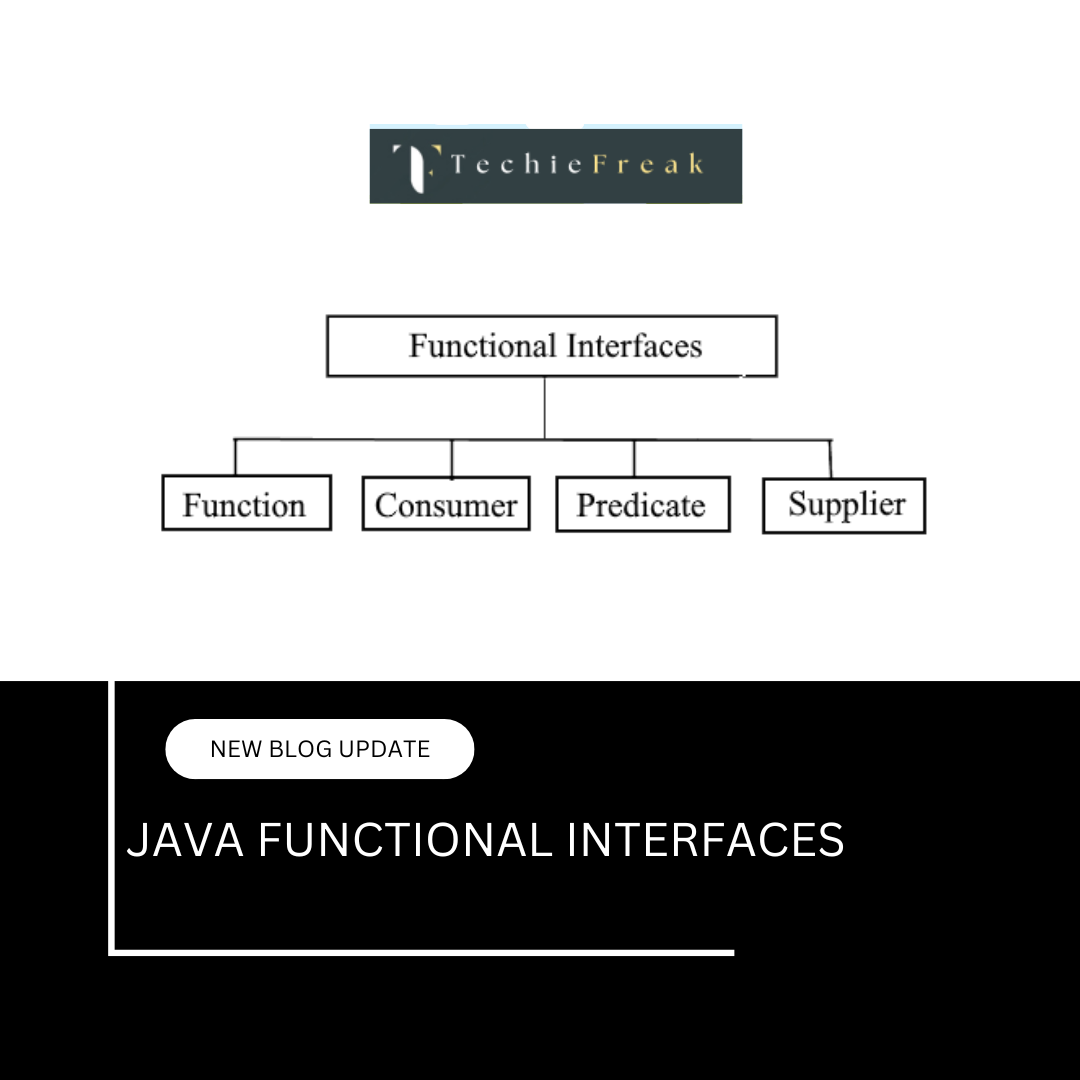

.png)
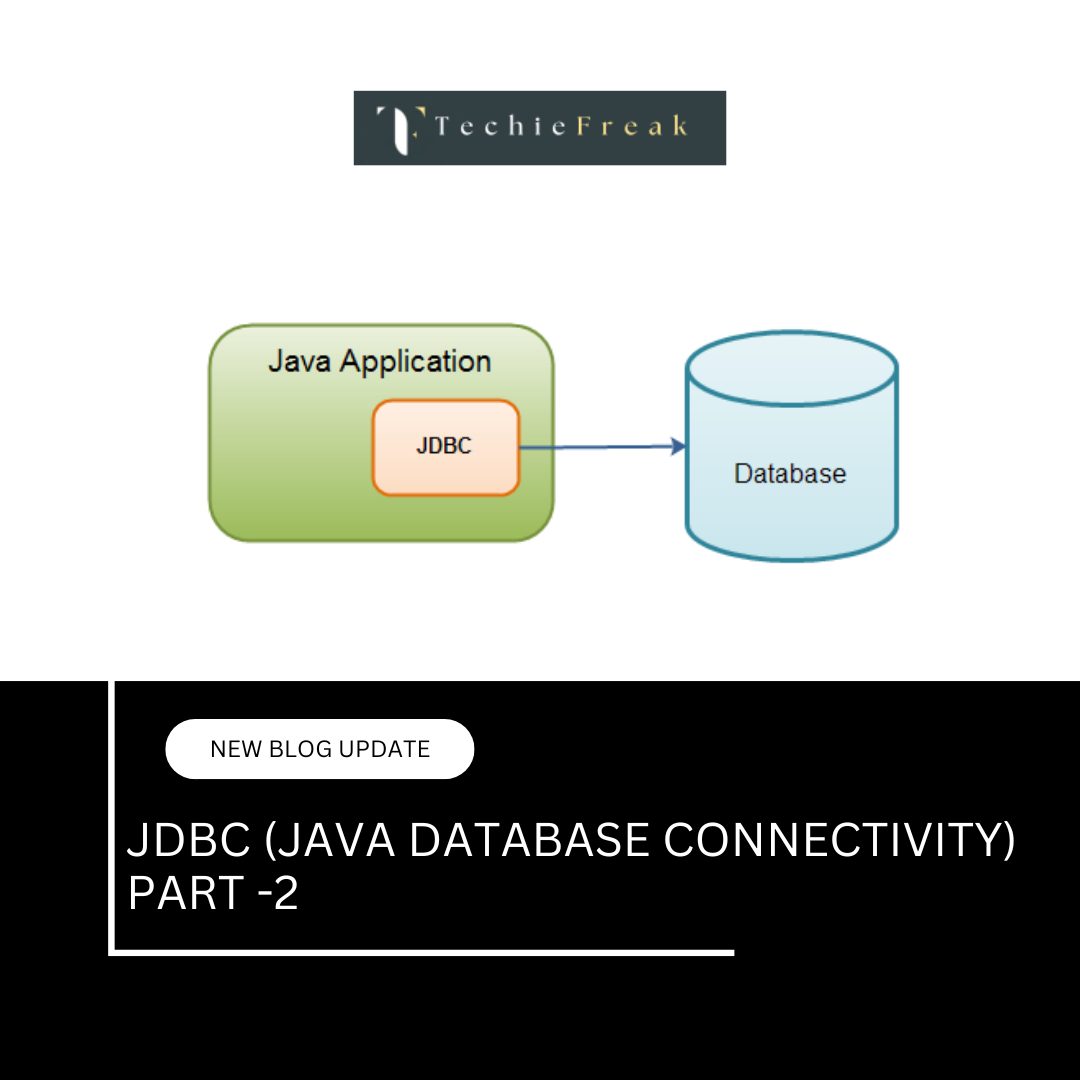
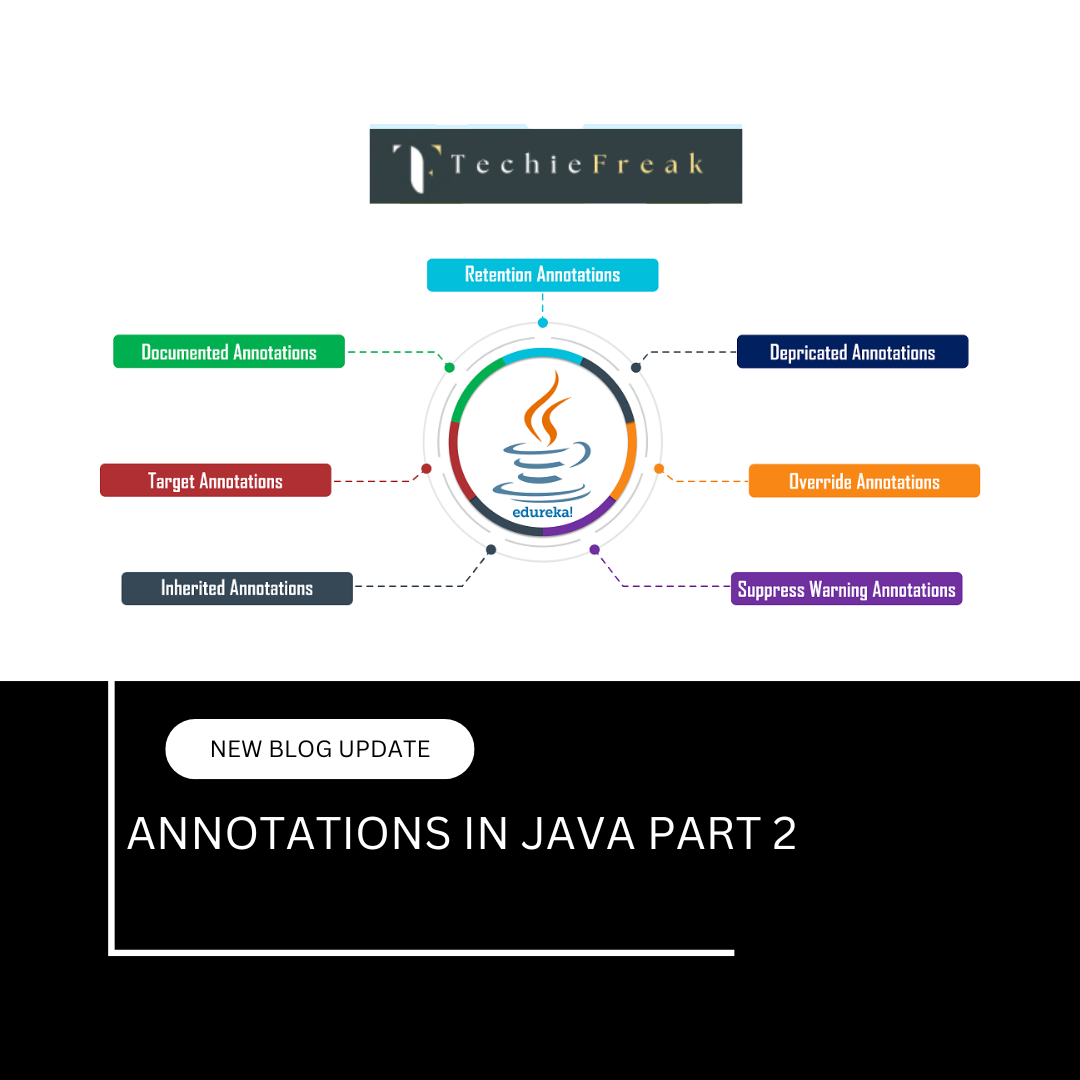

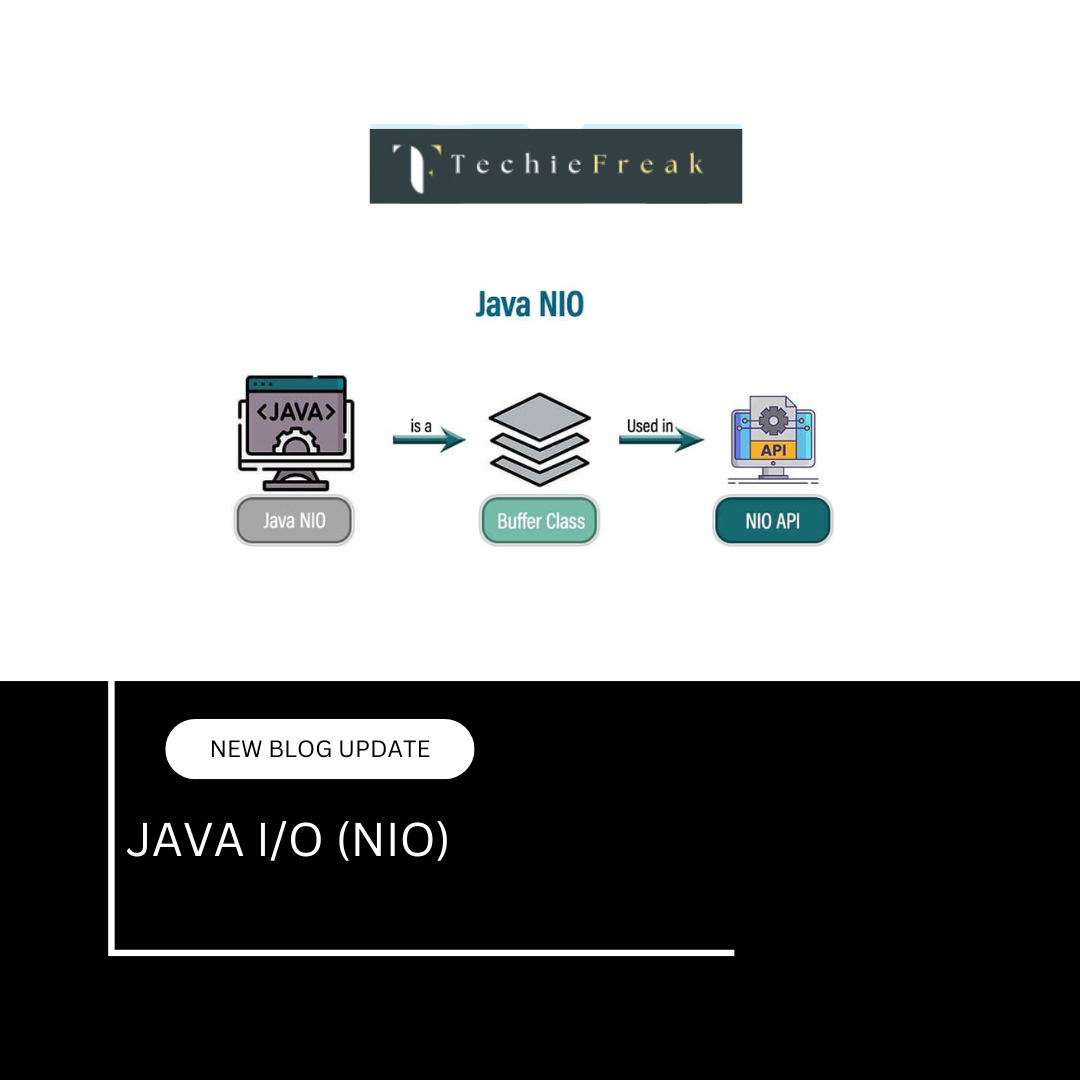
.png)
 (1).png)
 (2).png)
 (3).png)
 (4).png)
 (5).png)
 (6).png)
 (9).png)
 (7).png)
 (10).png)
 (8).png)
 (10).png)
 (12).png)
 (13).png)
 (13).png)
 (15).png)
 (16).png)
 (19).png)
 (20).png)
 (21).png)
 (22).png)
 (23).png)
 (24).png)
 (25).png)
 (26).png)
 (27).png)
 (28).png)
 (29).png)
 (30).png)

 (31).png)
 (32).png)
 (54).png)
 (33).png)
 (34).png)
 (35).png)
 (36).png)
 (37).png)
 (39).png)
 (40).png)
 (41).png)
 (42).png)
 (45).png)
 (46).png)
 (47).png)
 (48).png)
 (55).png)
 (50).png)
 (51).png)
 (52).png)
 (56).png)
.png)
 (44).png)
